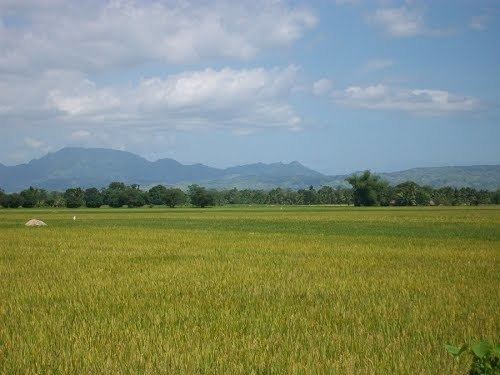Country Philippines Barangays Area 312.1 km² | Incorporated August 3, 1951 Demonym(s) Mlangeños Province Cotabato | |
 | ||
Region SOCCSKSARGEN (Region XII) District 3rd District of Cotabato Neighborhoods Lika, Tibao, Barangay New Barbaza, Pulang Lupa, Malasila | ||
M lang cotabato skydive
M'lang (Hiligaynon: Banwa sang M'lang; Filipino: Bayan ng M'lang) is a first class Municipality in the Province of Cotabato, Philippines. According to the 2015 census, it has a population of 95,070 people.
Contents
- M lang cotabato skydive
- Map of Mlang Cotabato Philippines
- Da bar cemiarc farming systems approach thru cpar in m lang cotabato part 2
- Barangays
- History
- Demographics
- Transportation
- Education
- References
Map of M'lang, Cotabato, Philippines
Da bar cemiarc farming systems approach thru cpar in m lang cotabato part 2
Barangays
M'lang is politically subdivided into 37 Barangays.
History
The Name M'lang was derived from a Maguindanaoan word Tamlang which means "bamboo".
In 1930's Migrants From Visayas (Panay) and some parts of Luzon settled in M'lang. Jacinto Paclibar, who was in search for more fertile lands and vast settlement was the first Christian who settled in M'lang. He became the District Mayor of Kidapawan and Deputy Governor of the Empire Province of Cotabato under Datu Udtog Matalam.He had in mind a government assisted subdivision project so that landless settlers may have their share to utilize fertile lands for farming and settlement.
M'lang became regular Municipality on August 3, 1951, by virtue of Executive Order No. 462 of the President of the Philippines by the then President Elpidio Quirino, with territories taken from the adjacent towns of Kidapawan (its mother municipality) and Buluan of the now Maguindanao Province.
Demographics
In the 2015 census, the population of M'lang was 95,070 people, with a density of 300 inhabitants per square kilometre or 780 inhabitants per square mile.
Transportation
The North Cotabato Rural Airport, in barangay of Tawan-tawan, is intended to serve as the primary air transport hub for agricultural produce of Cotabato and those coming from central Mindanao. It has a 1.2 kilometer runway with a capability for commercial flights, but there are no scheduled flights.
